Why are my lemon tree leaves turning yellow? The simple solution for this common problem
We explain the reason behind yellowing lemon tree leaves, so you can keep yours in top health

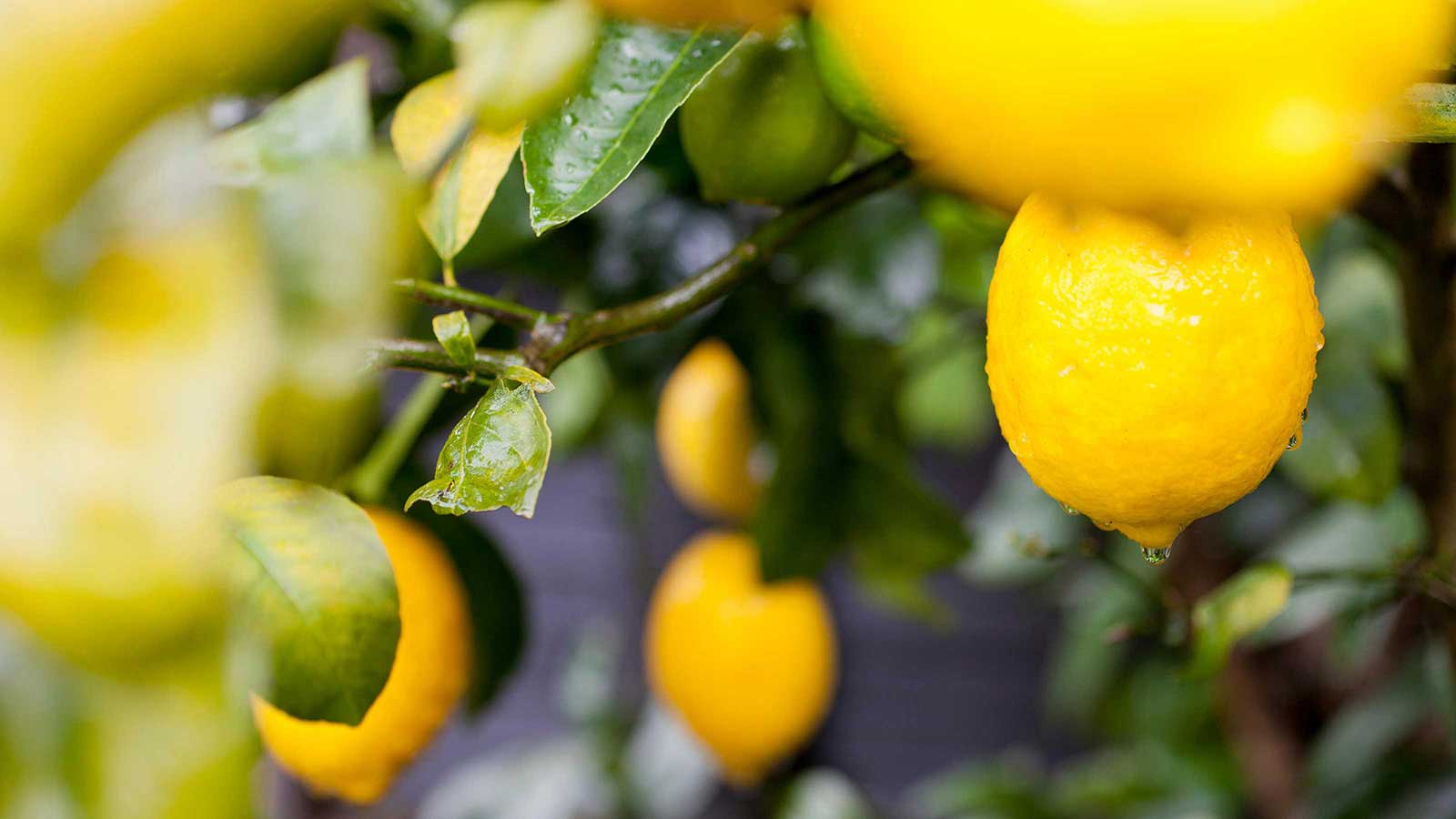
Have you spotted yellow leaves on your lemon tree? Don't despair – it's a common issue and in most cases, can be solved with a few adjustments to your plant care regime.
Whether you've grown a lemon tree from seed or bought one in a pot, they're a lovely way to add a touch of Mediterranean charm to a sunny patio. And in colder climes, they'll easily brighten up a glazed room with their zesty, yellow fruits. But if the foliage also turns yellow, it's a sign that there's a problem. Our guide explains what to do.
Spotted black or white leaves on your lemon instead? We've got tips for that, too.
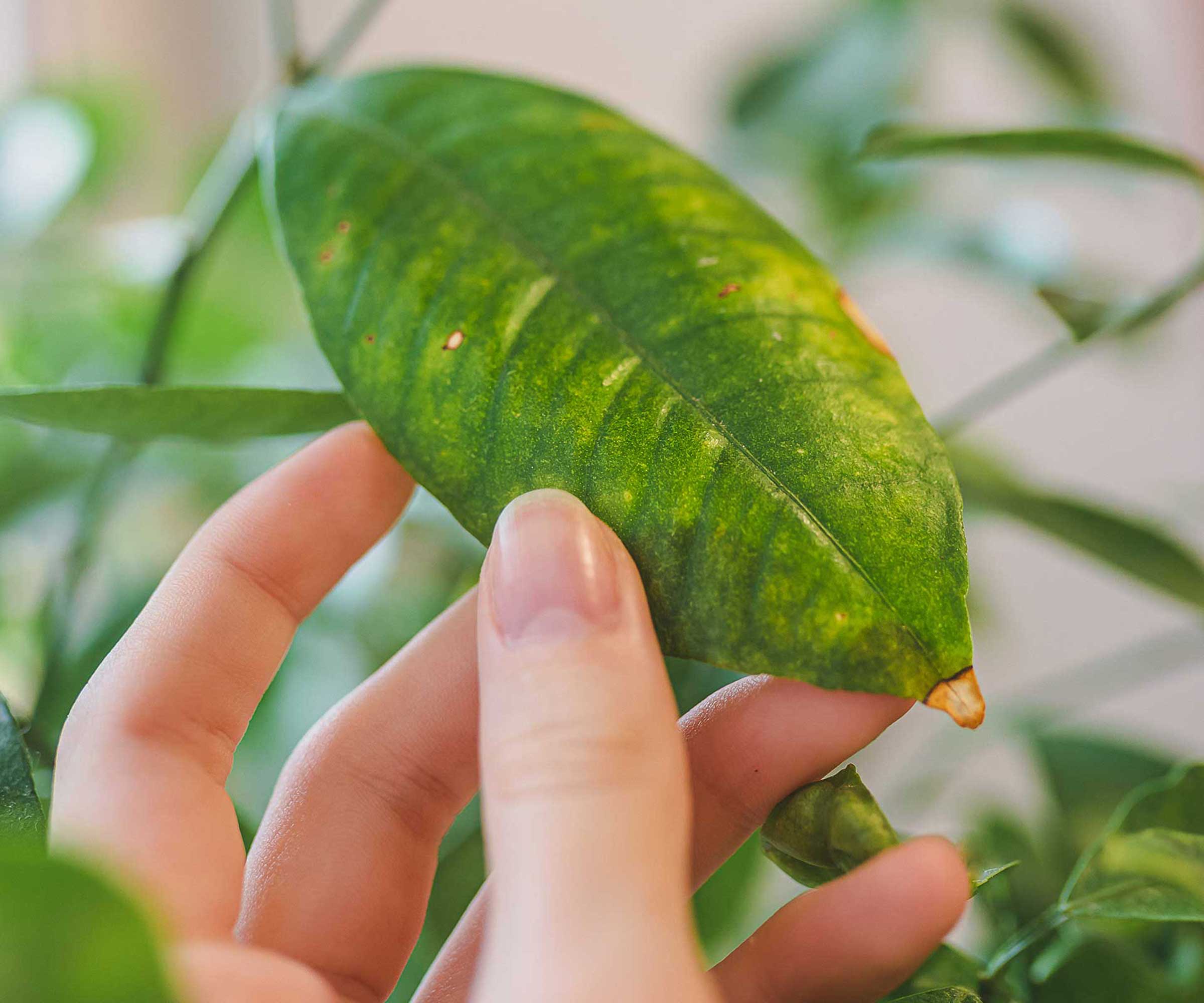
Discolored leaves is generally a signal that your plant is stressed

John has been a garden journalist for over 50 years and regularly answers readers' questions in Amateur Gardening magazine – including many on lemon trees. He has also written four books and has delivered many talks on horticulture.
The cause and solution to yellowing lemon tree leaves
'Yellowing citrus leaves is most likely to be a sign of overwatering,' explains John Negus. This is particularly common in winter, when many gardeners keep these fruit trees indoors. 'Unless your plant is in a very warm room then it is likely that its growth has slowed due to cooler temperatures, so it will not need nearly as much water.'
Overwatering plants – particularly ones grown as indoor fruit trees – is a mistake that's often made by gardeners. You may need to water your lemon tree as little as every two to three weeks, John says, fertilizing it each time. If you are giving it more than this, the compost may be becoming waterlogged, which prevents the roots from functioning correctly and stops valuable nutrients from reaching the plant as they should.
'The way to determine whether a citrus plant needs watering is to feel the top inch or so of the compost,' he continues. 'If it is dry, then apply water – if not, then the plant probably has sufficient moisture available around the roots.' If you're growing these fruits in pots, whether indoors or as part of your outdoor kitchen garden, ensure there are drainage holes in the bottom.
Confusingly, yellow leaves can also be caused by underwatering and drought. The way to tell if this is the issue is if the foliage also appears shriveled.
Design expertise in your inbox – from inspiring decorating ideas and beautiful celebrity homes to practical gardening advice and shopping round-ups.
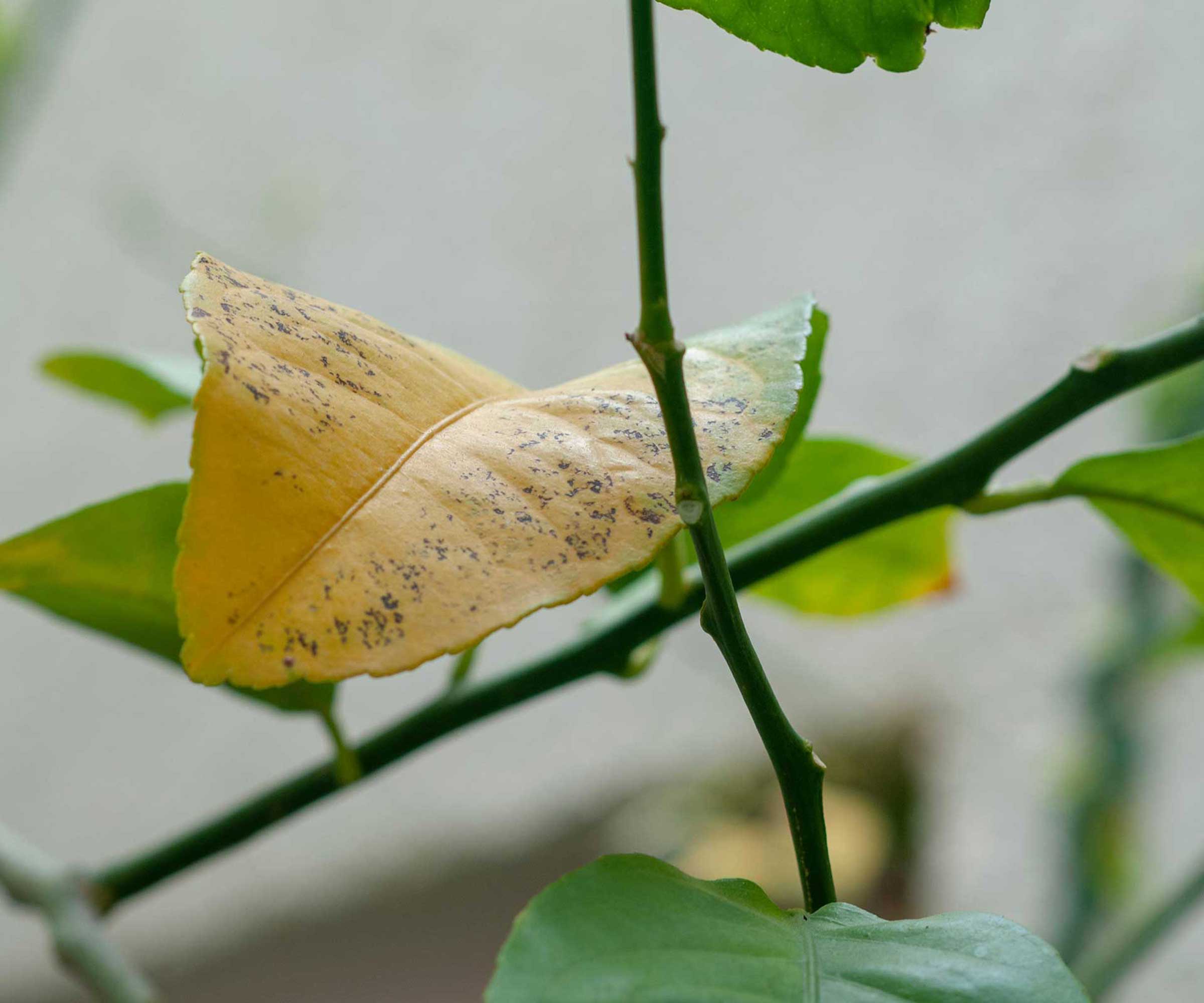
Yellowing leaves is also known as chlorosis
Why have my lemon tree leaves turned black?
Yellowing isn't the only type of discoloration lemon tree foliage can face. If the leaves have turned black, the problem is sooty mold. This is a disease caused by scale insects – a common plant pest.
These tiny, white, lozenge-shaped creatures exude honeydew (a kind of syrup) that attracts the sooty mold, explains John. 'This then blackens and weakens the leaves.'
Tackle the problem by carefully wiping the leaves, top and underside, with a soft, damp cloth to remove the scale insects and sooty mold. It may also be worth spraying the plant with a bug killer, he adds. Once you've eradicated the pests, the sooty mold will stop infecting your plant.
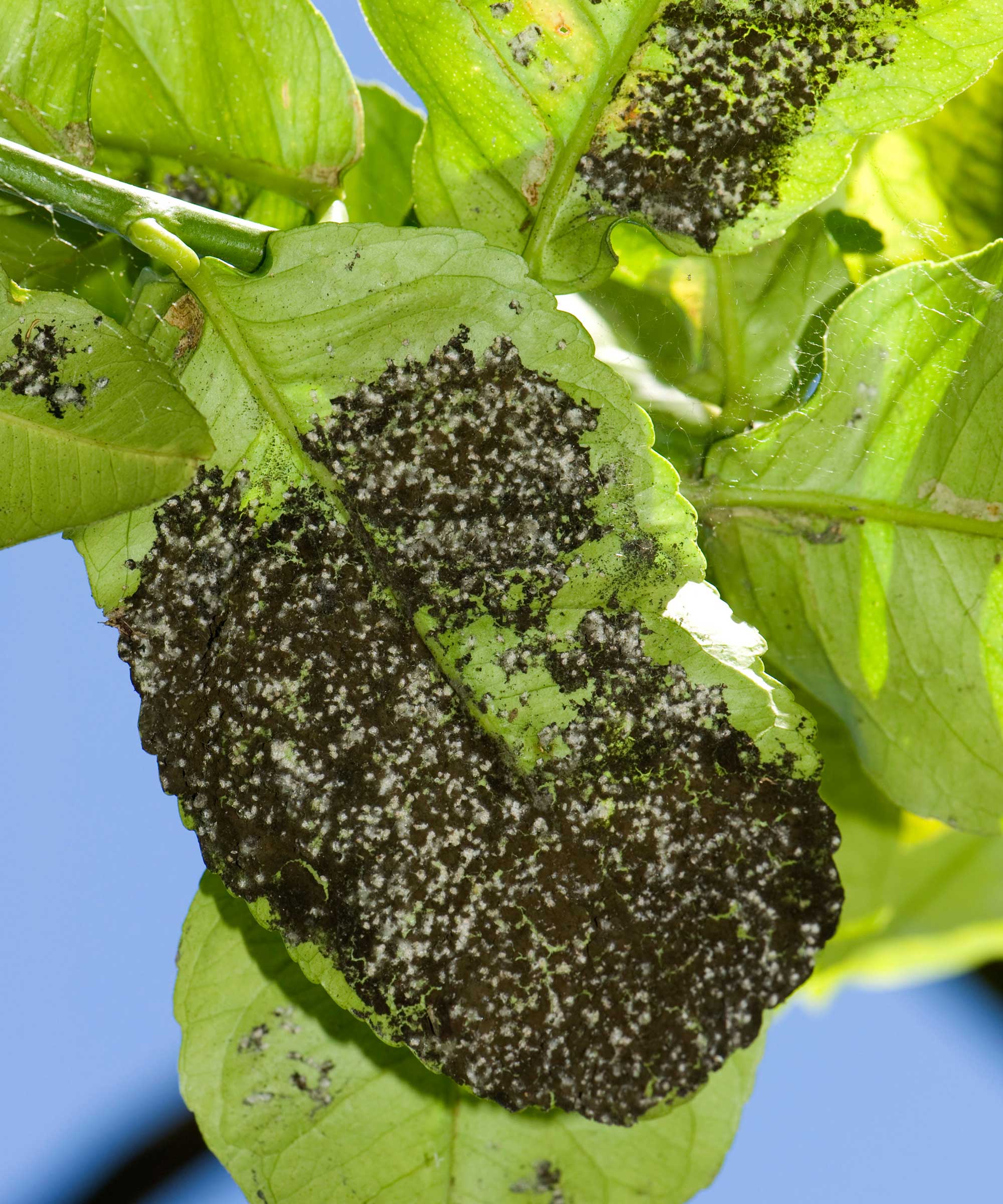
Sooty mold can make lemon tree leaves appear black
Why have my lemon tree leaves turned white?
What about if your lemon tree has white leaves? The likely cause is mildew, which luckily, is easy to deal with.
'Plants that are growing in humid air conditions and are dry at the roots are most vulnerable. If the lemon tree is in a warm living room, it is likely to need more water,' says John.
'To restore the plant to good health, it might be worth removing the worst affected leaves so they are not a source of infection for the plant. It may also be worth spraying with a fungicide if the infection is bad,' he adds.
Another cause for pale lemon tree leaves is a red spider mite infestation. In this case, the foliage may also have a mottled appearance, and be covered in webbing. The leaves will fall off earlier than they would on a healthy plant.
These pests thrive in hot, dry conditions, so misting the plants can help to tackle them. Biological control can also be a useful deterrent for plants grown in a greenhouse.
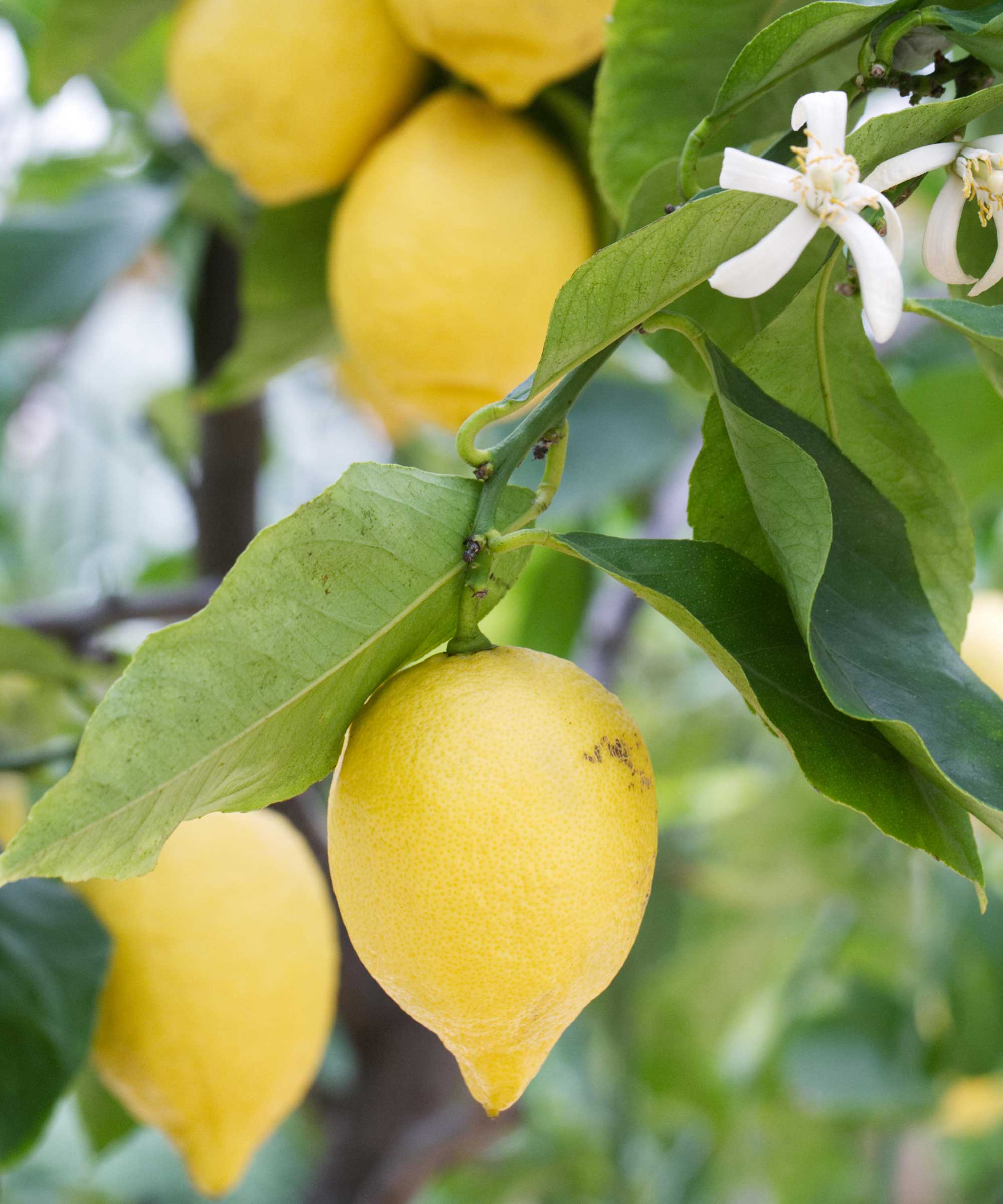
With the right care, your lemon tree will thrive

Holly started writing about gardening five years ago, and she is a regular contributor to Homes & Gardens. She has also written many gardening features for Woman & Home and Real Homes, too. She has previous experience as a professional gardener, where she helped to plant and maintain private gardens. Holly has also looked after allotment plots over the years and loves to grow her own flowers and veggies from seed. In her spare time, she enjoys visiting local gardens, botanical drawing, and tending to her ever-growing collection of houseplants.